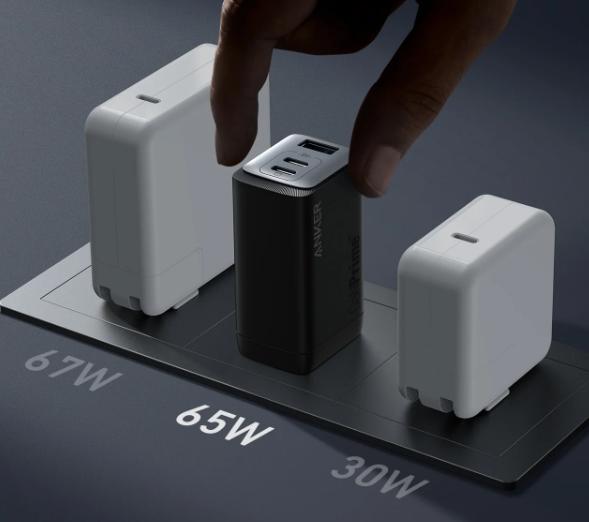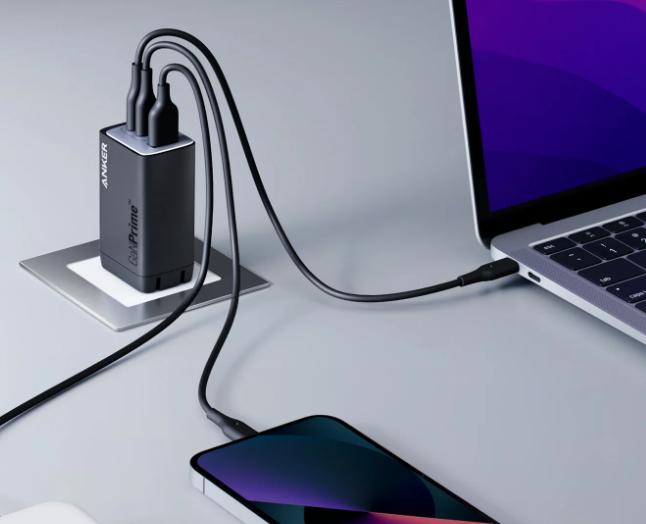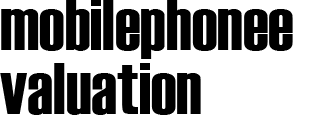MacBooks have become indispensable tools for many, offering a blend of style and performance that caters to students, professionals, and creatives. However, despite their sleek designs and robust features, the efficiency of a MacBook's battery largely depends on how you handle the charging process. In this guide, we'll delve into some pro tips for efficient MacBook charging to help you make the most of your device's battery life.

1. Use High-quality Chargers
Apple designs its chargers to work seamlessly with its products. Using an official Apple charger or Apple-certified third-party chargers like the Anker macbook charger is the best way to ensure compatibility and optimal performance. Avoid low-quality chargers which may seem like cost-effective alternatives, they often don't deliver the same level of efficiency, and some may even damage your MacBook's battery over time.

2. Avoid Overcharging
It's a common misconception that leaving your MacBook plugged in continuously keeps the battery healthy. In fact, modern MacBooks are designed to handle a charging pattern called "trickle charging." This means that once your MacBook reaches 100%, it will stop drawing power from the charger and rely on its internal battery. However, if you're planning to leave your MacBook plugged in for an extended period, it's a good practice to unplug it once in a while to let the battery drain a bit before recharging. This keeps the battery active and prevents it from being in a constant state of full charge, which can degrade its health over time.
3. Keep Your MacBook Cool
Heat can affect a MacBook's battery life and overall performance. When charging your MacBook, ensure it's in a well-ventilated area to prevent overheating. Excess heat can lead to faster battery degradation, so maintaining a cool environment during charging is crucial for long-term battery efficiency.
4. Use Energy Saver Settings
MacBooks come with built-in energy-saving settings that help optimize battery life. You can access these settings by going to "System Preferences" > "Energy Saver." Adjusting settings such as the display sleep time, hard disk sleep time, and system sleep time can help conserve battery life when your MacBook is not in use.
5. Charge at Optimal Temperatures
MacBooks have an ideal temperature range for charging. It's best to charge your MacBook when it's within this range, typically between 50°F and 95°F (10°C to 35°C). Charging in temperatures outside of this range can slow down the charging process or affect the battery's performance. If your MacBook has been exposed to extreme temperatures, allow it to return to a moderate temperature before charging.
6. Update Your macOS
Keeping your MacBook's operating system up to date is essential for efficiency. Software updates often include improvements to battery management and power consumption. To check for updates, go to the Apple menu > "About This Mac" > "Software Update."
7. Manage Background Apps and Processes
Background applications and processes can drain your MacBook's battery, even when it's charging. Check your Activity Monitor to see which applications are using significant energy. Closing unnecessary applications can free up system resources, allowing for more efficient charging and preventing overloading your MacBook's battery.
8. Use Sleep Mode
When not using your MacBook, put it to sleep or shut it down rather than leaving it on. Sleep mode conserves energy and ensures the battery is charged efficiently. Shutting down your MacBook is even better, as it reduces energy consumption to a minimum.
In Conclusion
Efficient MacBook charging involves a combination of proper hardware usage, smart software management, and awareness of your MacBook's behavior. By using certified MacBook chargers, avoiding overcharging, keeping your MacBook cool, utilizing energy-saving settings, etc, you can extend your device's battery life, reduce energy consumption, and ensure your MacBook operates optimally for years to come.
